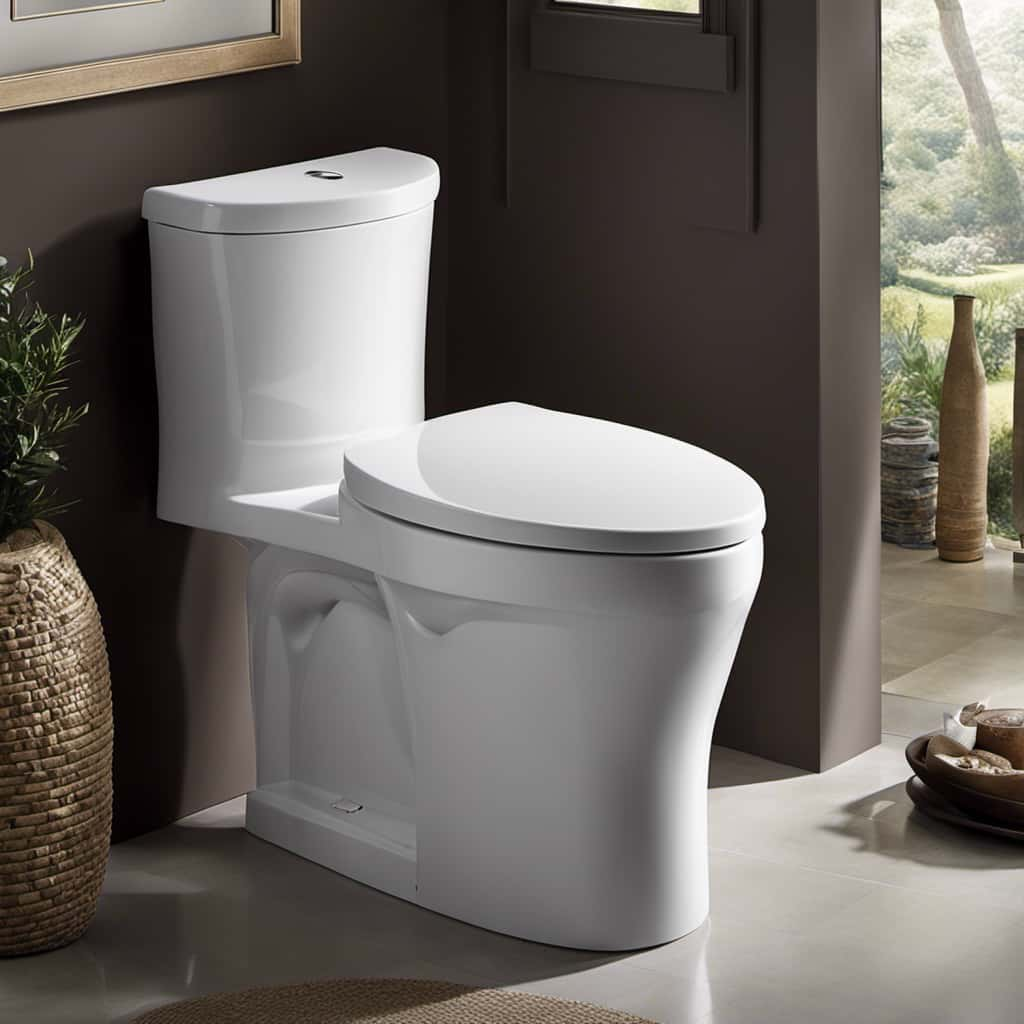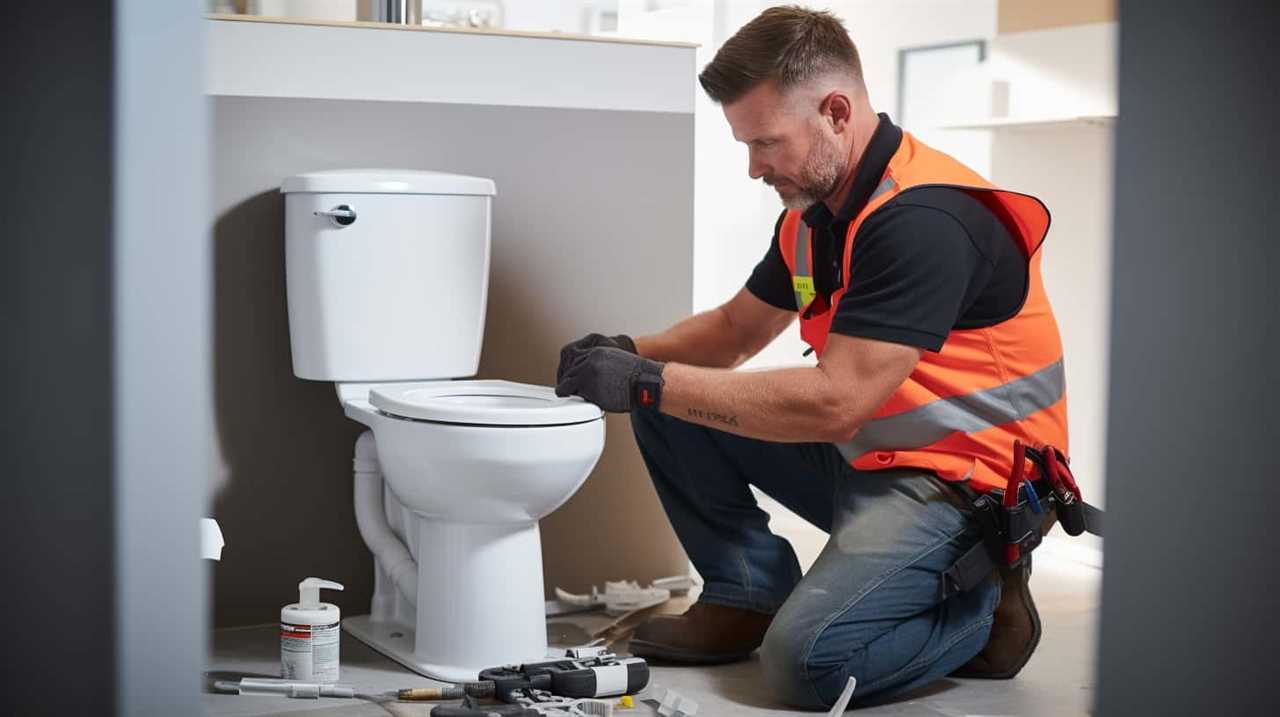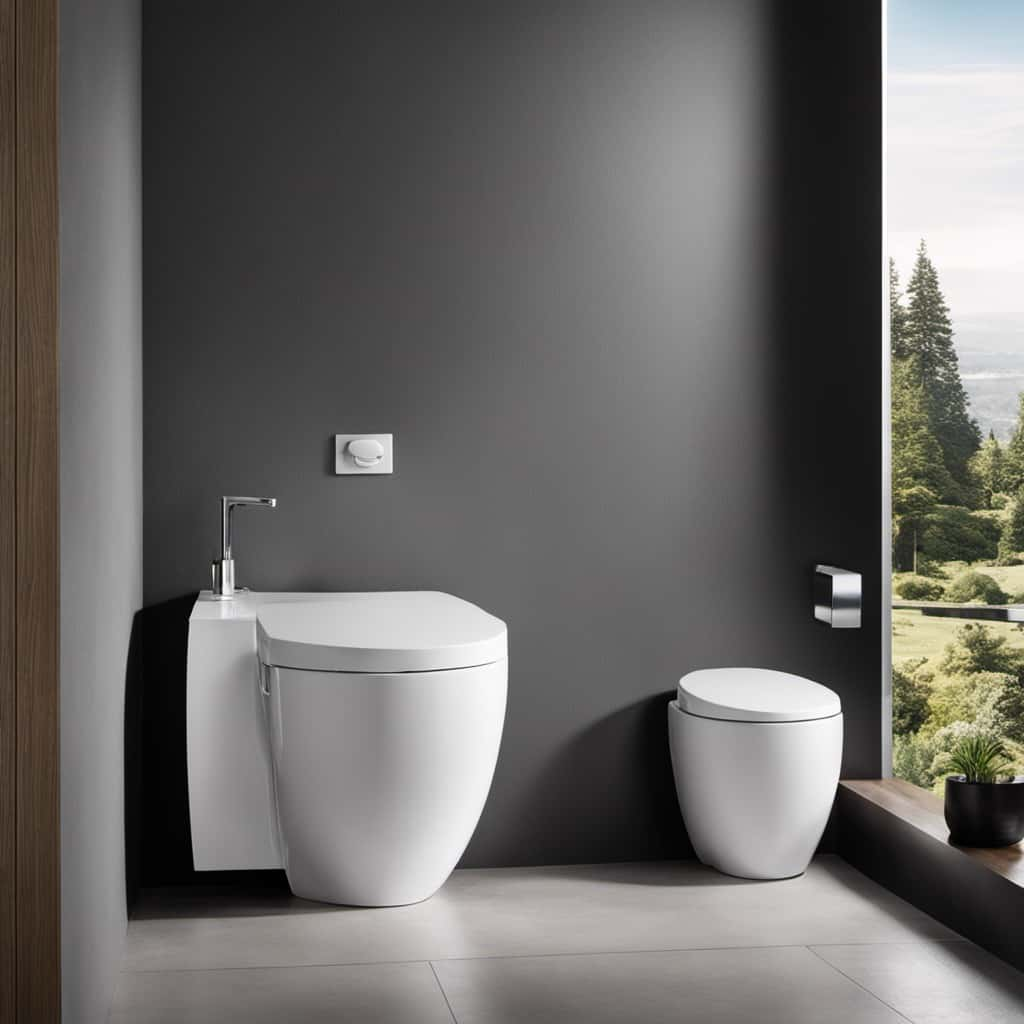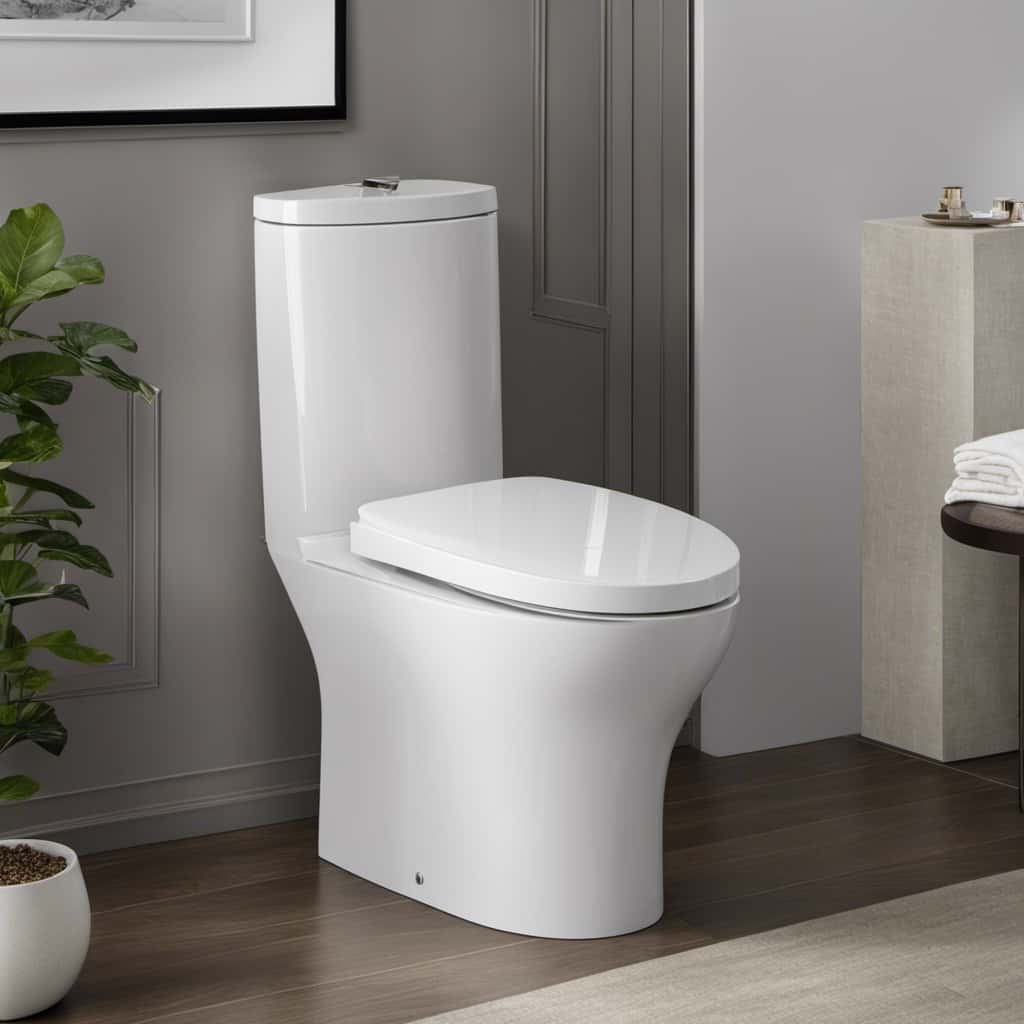Did you know that every year, an estimated 22 million tons of food is wasted in the United States alone? It’s a staggering statistic that highlights the need for proper food waste management.
In this article, we will explore the question: Is it ok to throw food down the toilet? We’ll examine the environmental impact, potential plumbing issues, and alternative solutions.
Join us as we delve into this important topic and discover responsible ways to handle food waste.
Key Takeaways
- Flushing food down the toilet contributes to water pollution and affects wastewater treatment systems.
- Plumbing systems are not designed for food waste, causing blockages and sewage backups.
- Composting and food waste recycling are environmentally friendly alternatives to flushing food.
- Improper disposal of food waste can lead to sanitation issues, attract bacteria and pests, and contaminate water sources.
Environmental Impact of Flushing Food
Flushing food down the toilet can have detrimental environmental consequences. When food waste is disposed of in this manner, it not only affects the functioning of wastewater treatment systems but also contributes to water pollution.

Food waste management solutions are essential to minimize the impact on wastewater treatment. One such solution is the implementation of proper waste management practices, such as composting or utilizing food waste for bioenergy production. By diverting food waste from toilets and instead directing it towards these alternative methods, we can reduce the strain on wastewater treatment plants and prevent the release of harmful pollutants into our waterways.
These solutions not only benefit the environment but also promote sustainability and efficient use of resources. Therefore, it’s crucial to raise awareness about the potential consequences of flushing food and encourage responsible food waste disposal practices.
Potential Plumbing and Sewage Issues
Sometimes, we encounter potential plumbing and sewage issues when food is thrown down the toilet. Plumbing systems are designed to handle waste from human waste and toilet paper, not food waste. When food is flushed down the toilet, it can cause blockages in the pipes and lead to plumbing repairs.
The food particles can get stuck in the pipes, creating a buildup over time. This can result in a sewage backup, where wastewater is unable to flow properly. Sewage backups can be messy and unpleasant, requiring professional intervention to fix the issue.
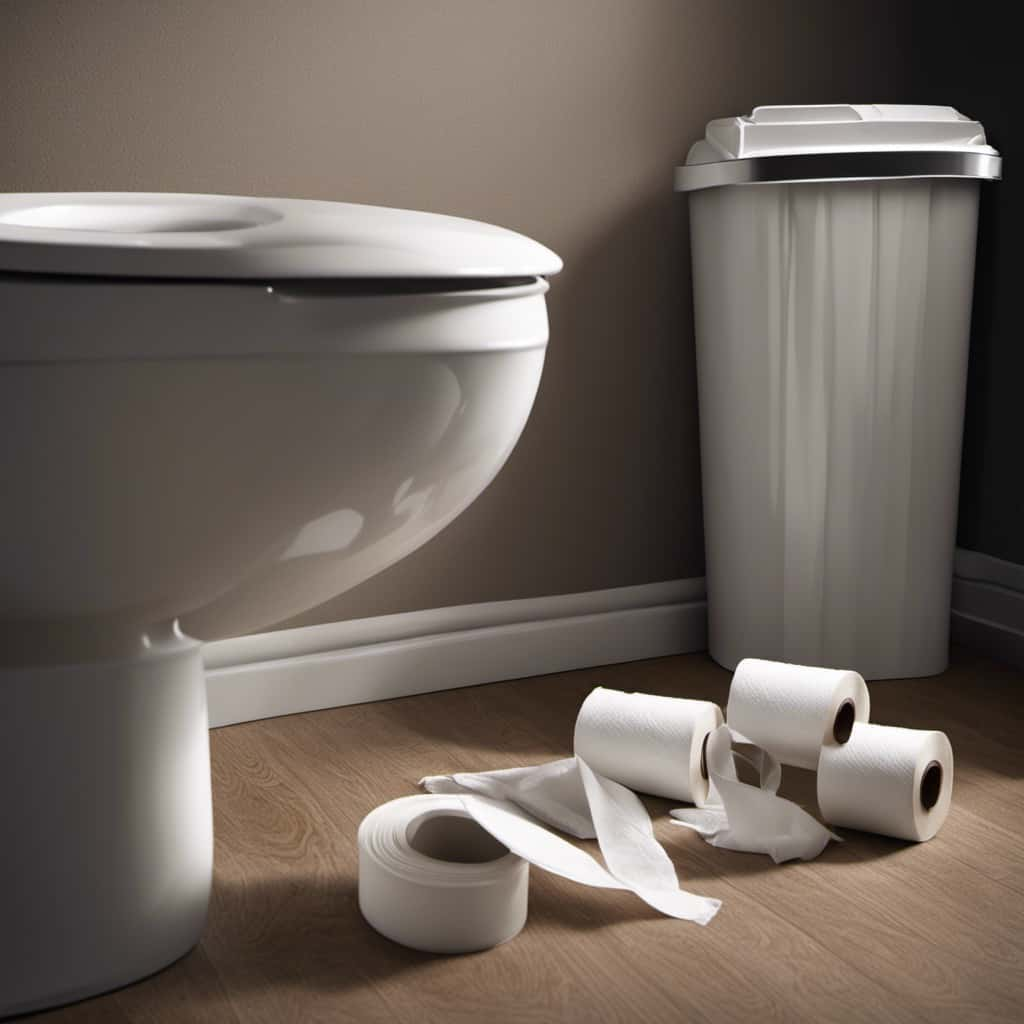
To avoid potential plumbing and sewage issues, it’s important to dispose of food waste in the appropriate manner, such as composting or using a garbage disposal. Taking these precautions can help prevent costly repairs and maintain the proper functioning of your plumbing system.
Alternatives to Flushing Food
To avoid potential plumbing and sewage issues, we should consider alternative methods for disposing of food waste. Instead of flushing food down the toilet, there are more environmentally friendly options available. Two popular alternatives are composting and food waste recycling. Composting allows organic materials, including food waste, to break down naturally and turn into nutrient-rich soil. This can be done in a backyard compost bin or through municipal composting programs. Food waste recycling involves collecting food scraps and converting them into renewable energy, such as biogas or biofuel. Many cities now offer curbside food waste collection or have drop-off locations for residents. By utilizing these composting options and food waste recycling, we can reduce the strain on our plumbing systems and contribute to a more sustainable future.
| Composting | Food Waste Recycling |
|---|---|
| Natural decomposition of food waste | Conversion of food waste into renewable energy |
| Requires a compost bin or access to a municipal composting program | Curbside collection or drop-off locations available |
| Produces nutrient-rich soil for gardens and plants | Reduces greenhouse gas emissions |
| Suitable for backyard use | Helps to divert food waste from landfills |
| Requires proper management and turning of compost | Requires separate collection of food waste |
Health and Hygiene Concerns
When it comes to throwing food down the toilet, we need to address the health and hygiene concerns associated with this practice. Food disposal in toilets can have serious consequences for both individuals and the environment.
- Sanitation: Flushing food down the toilet can lead to clogging and blockages in the plumbing system, causing costly repairs and potential health hazards.
- Bacterial contamination: Food waste in toilets can attract bacteria and pests, increasing the risk of infections and spreading diseases.
- Water pollution: The improper disposal of food can contaminate water sources, negatively impacting aquatic life and ecosystems.
Considering these concerns, it’s clear that throwing food down the toilet isn’t a responsible or hygienic practice. Instead, we should explore responsible food waste management practices that promote sanitation and environmental sustainability.
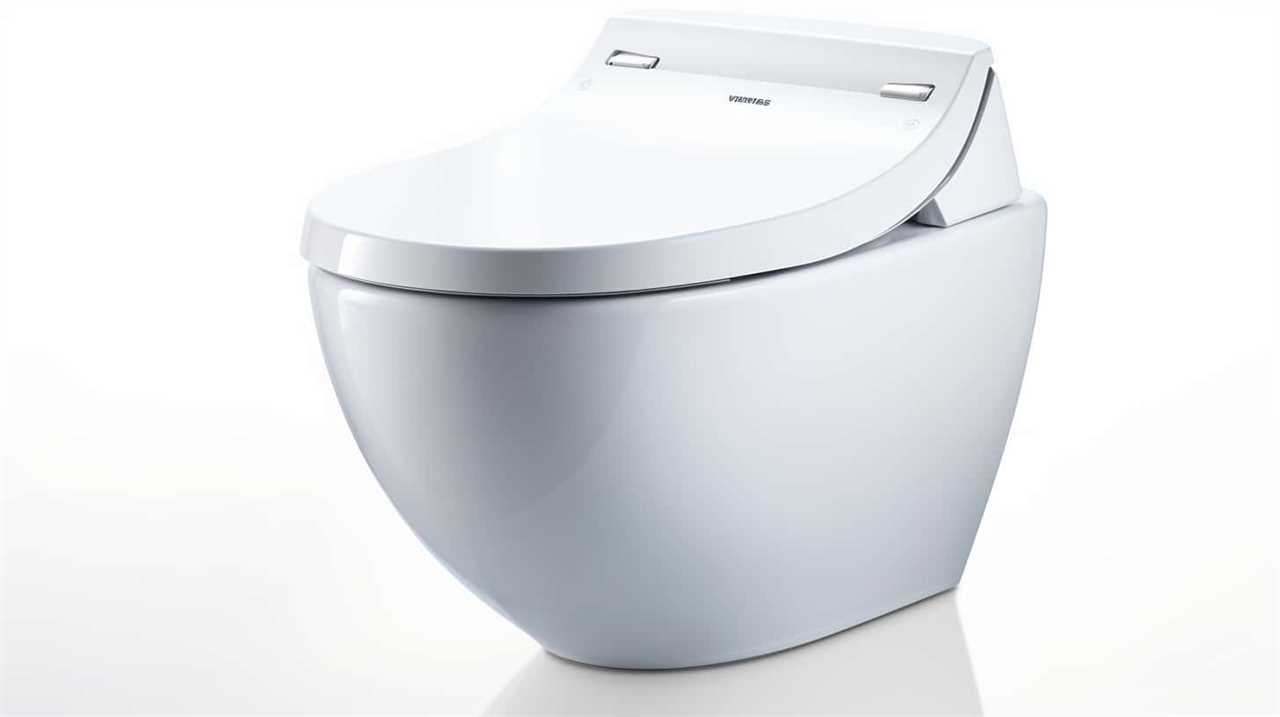
Responsible Food Waste Management Practices
To ensure proper sanitation and environmental sustainability, we must adopt responsible food waste management practices.
One effective way to reduce food waste is through food composting. Composting is the process of decomposing organic materials, such as food scraps and yard waste, into nutrient-rich soil.
By diverting food waste from landfills and turning it into compost, we can minimize greenhouse gas emissions and contribute to a healthier environment.
Food composting not only helps to reduce waste, but it also creates a valuable resource that can be used in gardens and agriculture.

To implement food composting at home, individuals can collect their food scraps in a compost bin or heap, and regularly turn and maintain the compost to facilitate decomposition.
Frequently Asked Questions
Is It Harmful to the Environment if I Throw Food Down the Toilet?
Throwing food down the toilet can have harmful environmental impacts. It can clog pipes, damage wastewater treatment systems, and contribute to water pollution. It is important to dispose of food waste properly to minimize these negative effects.
What Are the Potential Plumbing and Sewage Issues That Can Arise From Flushing Food?
Potential plumbing issues and sewage problems can arise from flushing food down the toilet. It can lead to clogged pipes, damage to the sewage system, and costly repairs. It is important to dispose of food properly to avoid these complications.
Are There Any Alternatives to Flushing Food Down the Toilet?
There are alternative options for disposing of food besides flushing it down the toilet. Composting is a great way to reduce waste and create nutrient-rich soil. Landfill disposal should be a last resort.
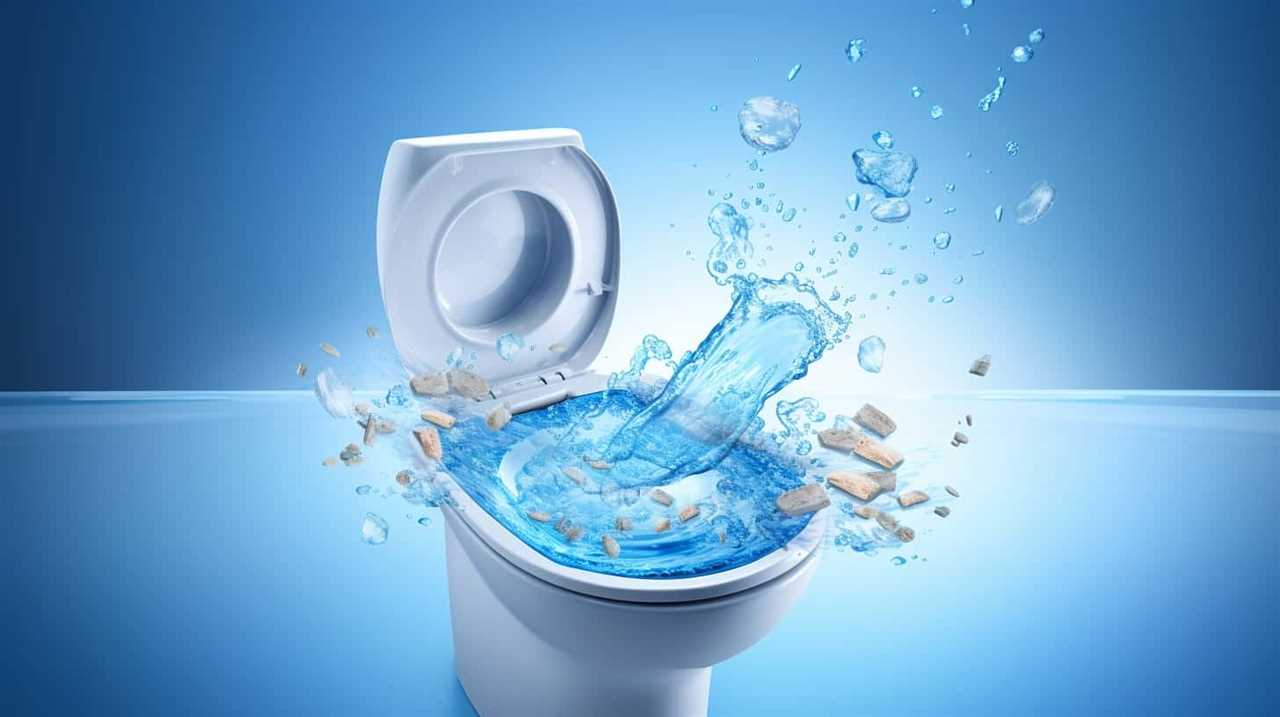
Are There Any Health or Hygiene Concerns Associated With Throwing Food Down the Toilet?
There are potential health risks associated with throwing food down the toilet, as it can lead to clogged pipes and sewage backups. Proper disposal methods, such as composting or using garbage disposals, are recommended.
What Are Some Responsible Food Waste Management Practices That I Should Follow Instead of Flushing Food?
Responsible disposal of food waste involves composting instead of flushing it down the toilet. Composting reduces landfill waste, enriches soil, and supports a sustainable environment. It’s a more responsible and eco-friendly way to manage food waste.
Conclusion
In conclusion, throwing food down the toilet isn’t recommended due to its negative environmental impact, potential plumbing and sewage issues, and health and hygiene concerns.
It’s essential to practice responsible food waste management by composting or using designated disposal methods. Flushing food down the toilet may seem convenient, but it can lead to costly and damaging consequences.
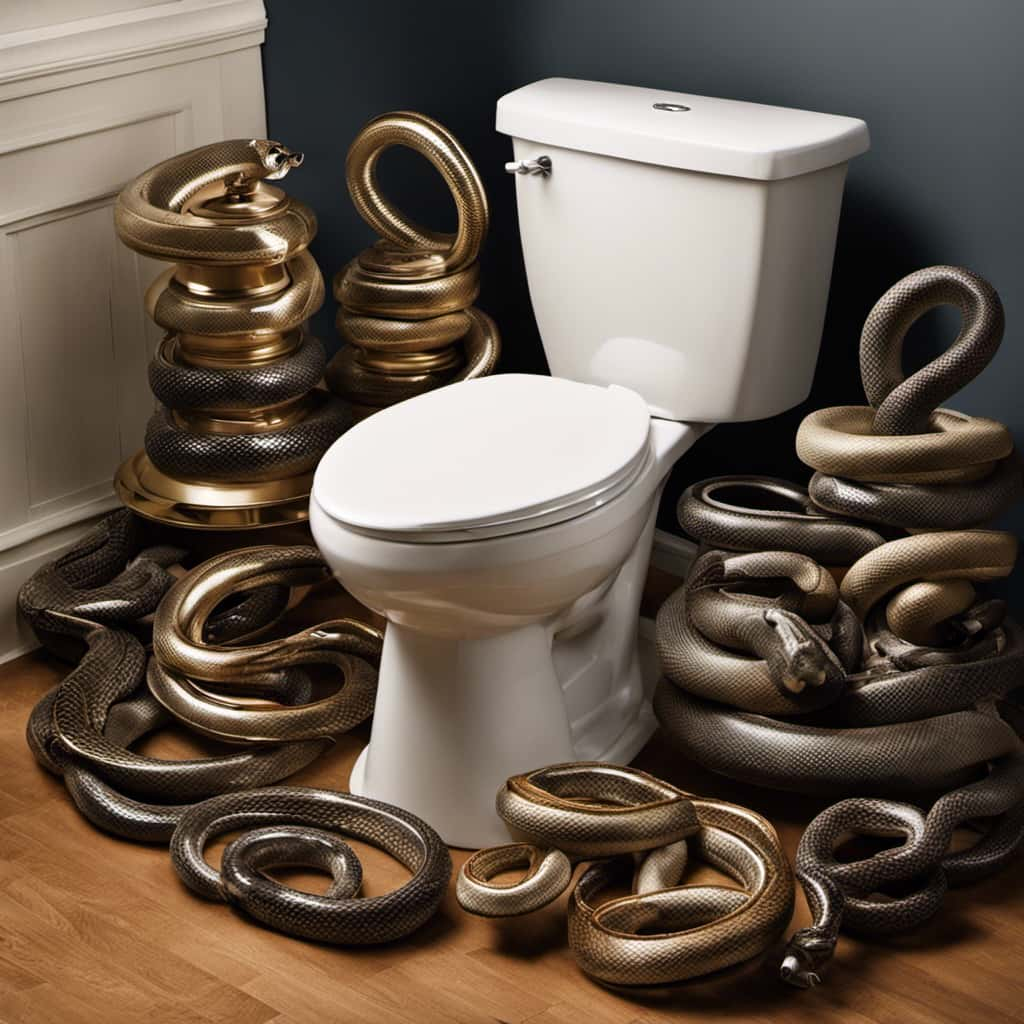
Let’s avoid turning our toilets into food disposal systems and opt for more sustainable alternatives.
